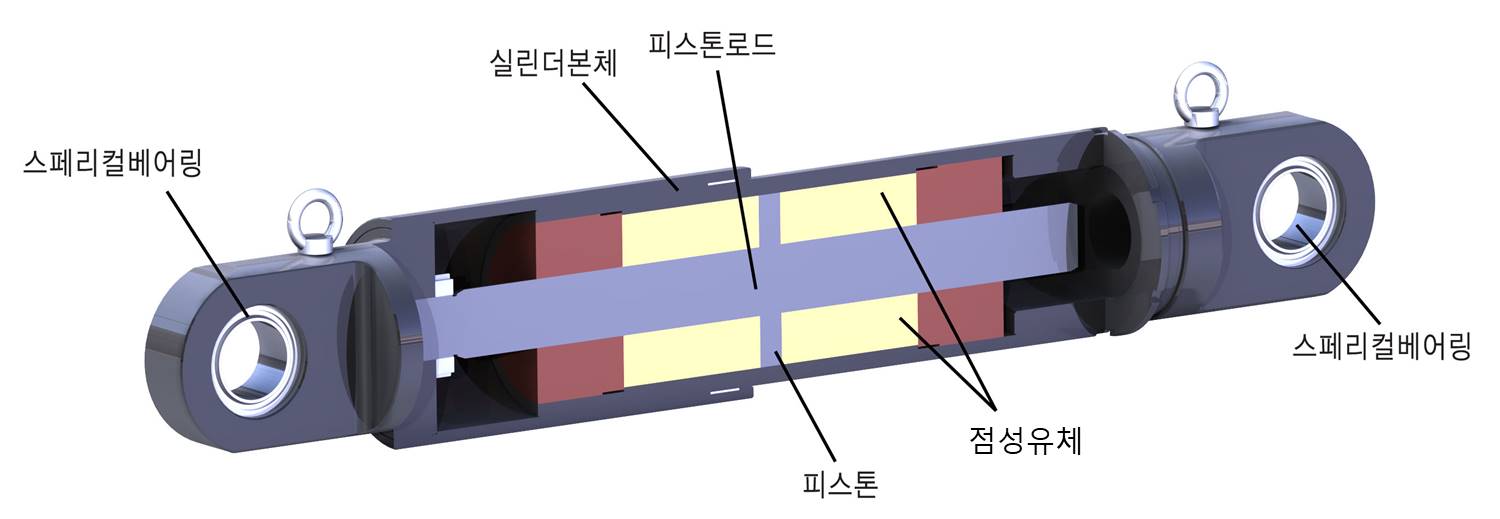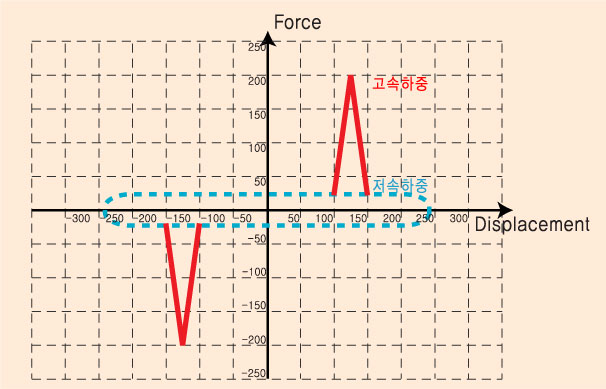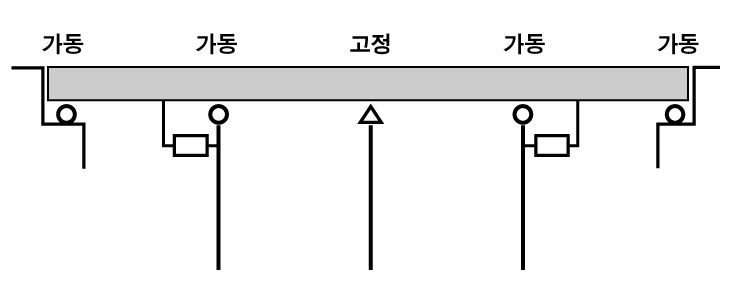Experience the best technology and know-how ICON Co., Ltd.
LUD

Behavioral characteristics

behavior curve

constant behavior

Behavior during an earthquake
application field

One-point fixed continuous bridge
Excessive seismic force acts on the fixed end piers of the existing single-point fixed continuous bridges. constrained to By doing so, the seismic force will be properly shared and resisted not only on the fixed end piers but also on the piers where LUDs or STUs are installed.
However, due to the increase in the horizontal stiffness of the entire bridge due to multi-point fixing, the effect of lowering the natural period occurs, and the seismic force increases as the period of the bridge decreases. In addition, if the heights of the fixed end piers and the piers that will be at multiple points during an earthquake are not the same, the seismic force will be distributed evenly. As a result, a phenomenon occurred in which the seismic force was concentrated on one pier.

Railway Bridge
Railroad bridges are mainly composed of short diameters, and are often in the form of repeated extensions of simple support structures with fixed bases and movable bases installed on each span. A bridge with this structure transmits all the braking load of railway vehicles to the fixed stage piers. Therefore, if the LUD and STU are installed on the movable end piers, the braking load of the rolling stock will be appropriately distributed and transmitted to the movable end piers. The most economical way to increase Im.
Test Items
Quality Control Test
| 종류 | 구분 | 설계치 (기준치) | 관련기준 |
|---|---|---|---|
| Fast Movement Test | 시험속도 | 25mm/sec 이상 | AASHTO Section 32 |
| 시험하중 | 설계값 | ||
| 회전수 | 25회 | ||
| 기준치 만족 | 밀림량 ±12mm 이내 또는 설계자 요구값 | ||
| Slow Movement Test | 왕복 횟수 | 3회 | AASHTO Section 32 |
| 시험속도 | 0.01mm/sec 이상 | ||
| 시험변위 | 설계스트로크 | ||
| 기준치 만족 | 공칭축력의 10% 이내 | ||
| 시 편 수 | 규격별 시편 1EA | ||
Prototype Test
| 종류 | 구분 | 설계치 (기준치) | 관련기준 |
|---|---|---|---|
| Fatigue Load Test | 시험속도 | 1Hz 이상 | AASHTO Section 32 |
| 회전수 | 100,000회 | ||
| 시험 스트로크 | ±2mm이상 | ||
| 기준치 만족 | 외관 이상 유무 | ||
| Hydrostatic Pressure Test | 횟수 | 1회 | AASHTO Section 32 |
| 시험 지속시간 | 최소 3분 | ||
| 시험하중 | 설계값의 150% 이상 | ||
| 기준치 만족 | 떨어진 압력이 5% 이내, 외관 이상 유무 |